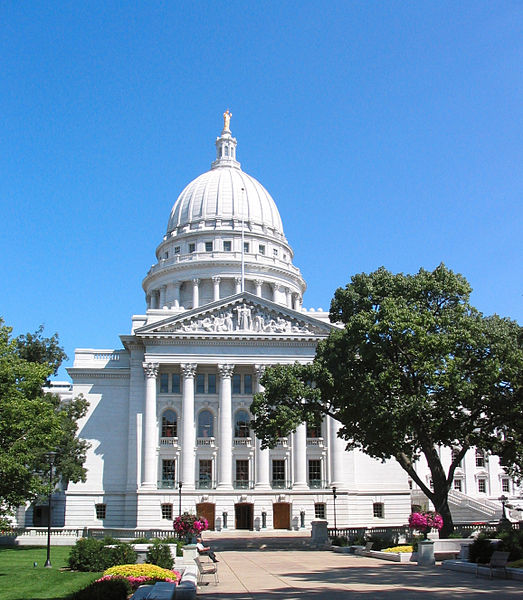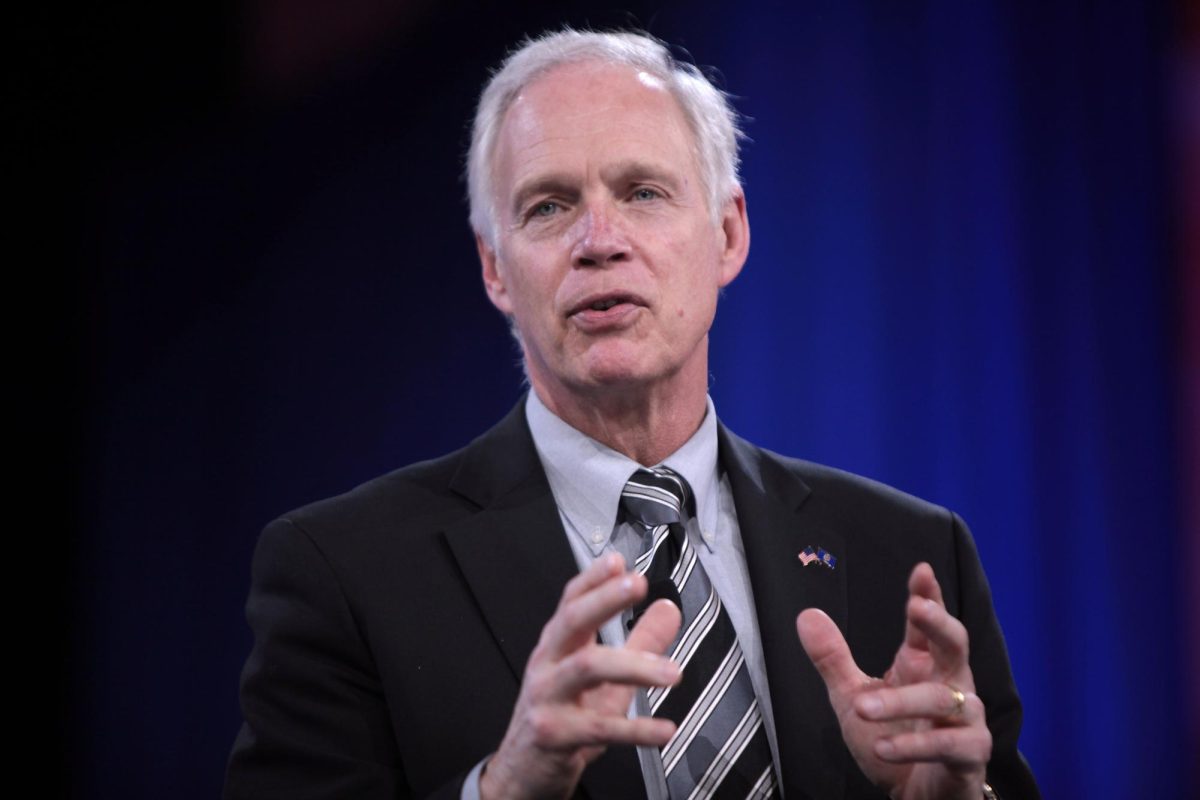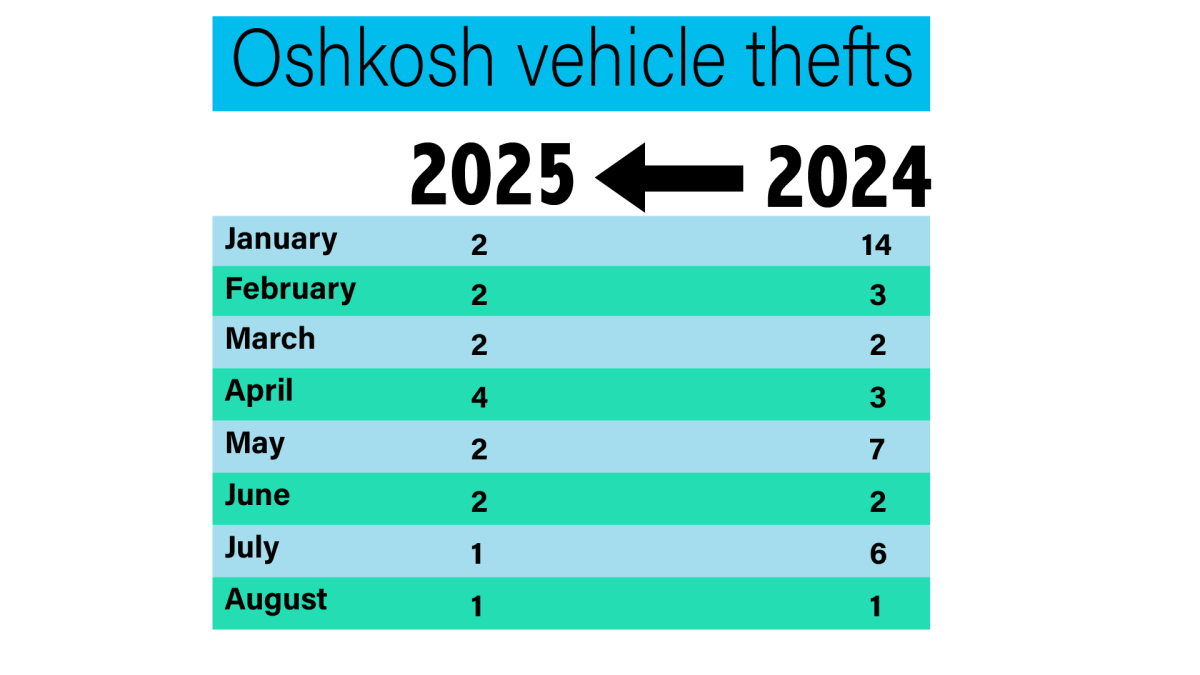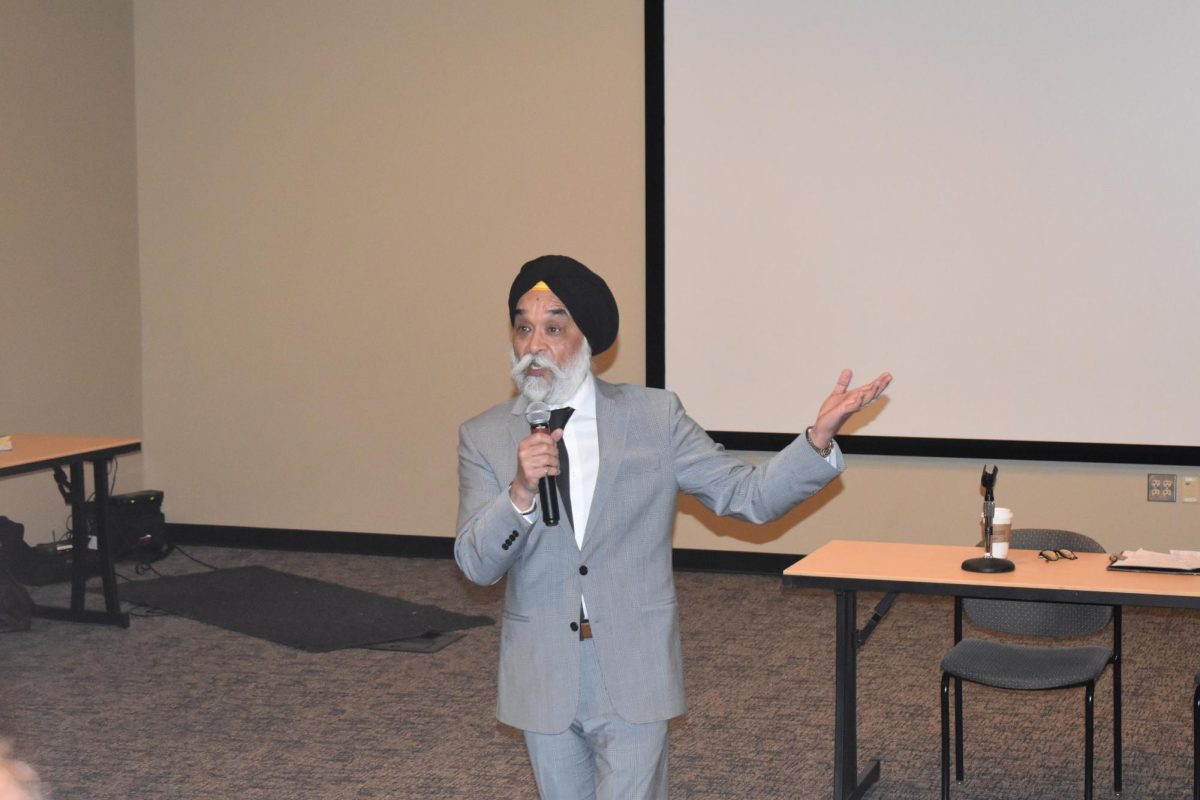
Drawing upon an unprecedented state surplus of nearly $7 billion, Wisconsin’s new state budget features a combination that might otherwise have seemed impossible: the largest increase in funding for public services in three decades, sizable tax cuts, and the preservation of abundant reserves.
Following a period of record inflation, Wisconsin’s newly enacted 2023-25 state budget increased total gross state appropriations from all revenue sources to $98.66 billion over the two-year period, an 11.7% increase. That is the fastest growth in budgeted spending in Legislative Fiscal Bureau (LFB) figures going back to at least 1995.
The budget provides a sizable funding boost –$625.4 million over the two years in additional state aid — to Wisconsin’s public schools, a key priority of Gov. Tony Evers. Notably however, the budget and a related new law will increase public funding by even larger amounts on a per pupil basis for private voucher and independent charter schools
The tax and spending plan also provides — or enables access to — new resources for the state’s cash-strapped local governments. It allows Milwaukee city and county leaders to enact new local sales taxes of 2% and 0.4%, respectively. A historic increase in state aid to local governments, the shared revenue program, provides new resources to all municipalities and counties but a particular funding boost to small towns and rural communities. The vast majority of municipalities and counties will see sizable shared revenue increases through a formula that favors less populous communities.
Yet the budget excludes many of the governor’s funding priorities, such as expanding Medicaid, establishing permanent funding to support child care providers, or increasing support for the University of Wisconsin System.
The governor’s partial vetoes, meanwhile, dialed back the scale of the income tax cut passed by lawmakers. They shift it from what had been a very large tax cut ($1.3 billion in 2023 alone) that delivered most of its relief to upper-income taxpayers, to being far more modest ($83 million in 2023) and more evenly distributed across income levels. Notably, however, the budget still includes major investments in property tax relief, including a $590 million increase for a state credit paid to counties and municipalities for property tax relief.
The good news for both sides: a final budget not only has been adopted on time, but preserving much of the state’s massive surplus, leaving the possibility of future compromises on child care, higher education, income tax cuts, and more. Under the new budget, the state’s general fund balance would drop from an estimated $6.88 billion on June 30, 2023 to a projected $4.07 billion in 2025. The state would still retain an additional $1.8 billion in its rainy day fund, leaving it with nearly $5.9 billion in total reserves. That would amount to 25.5% of spending for fiscal year 2025, far above levels typically seen in both Wisconsin and other state governments in recent decades.
These vast reserves could help state leaders respond to unforeseen future events and positions the state favorably for the next two-year budget cycle. They also provide elected officials with an unusual chance to address more of their priorities they felt were neglected in the newly enacted budget.
This article is courtesy of the WNA Foundation. Weekly Fiscal Facts are provided to Wisconsin Newspaper Association members by the Wisconsin Policy Forum, the state’s leading resource for nonpartisan state and local government research and civic education.










